New university building facilitates collaboration between China and Denmark
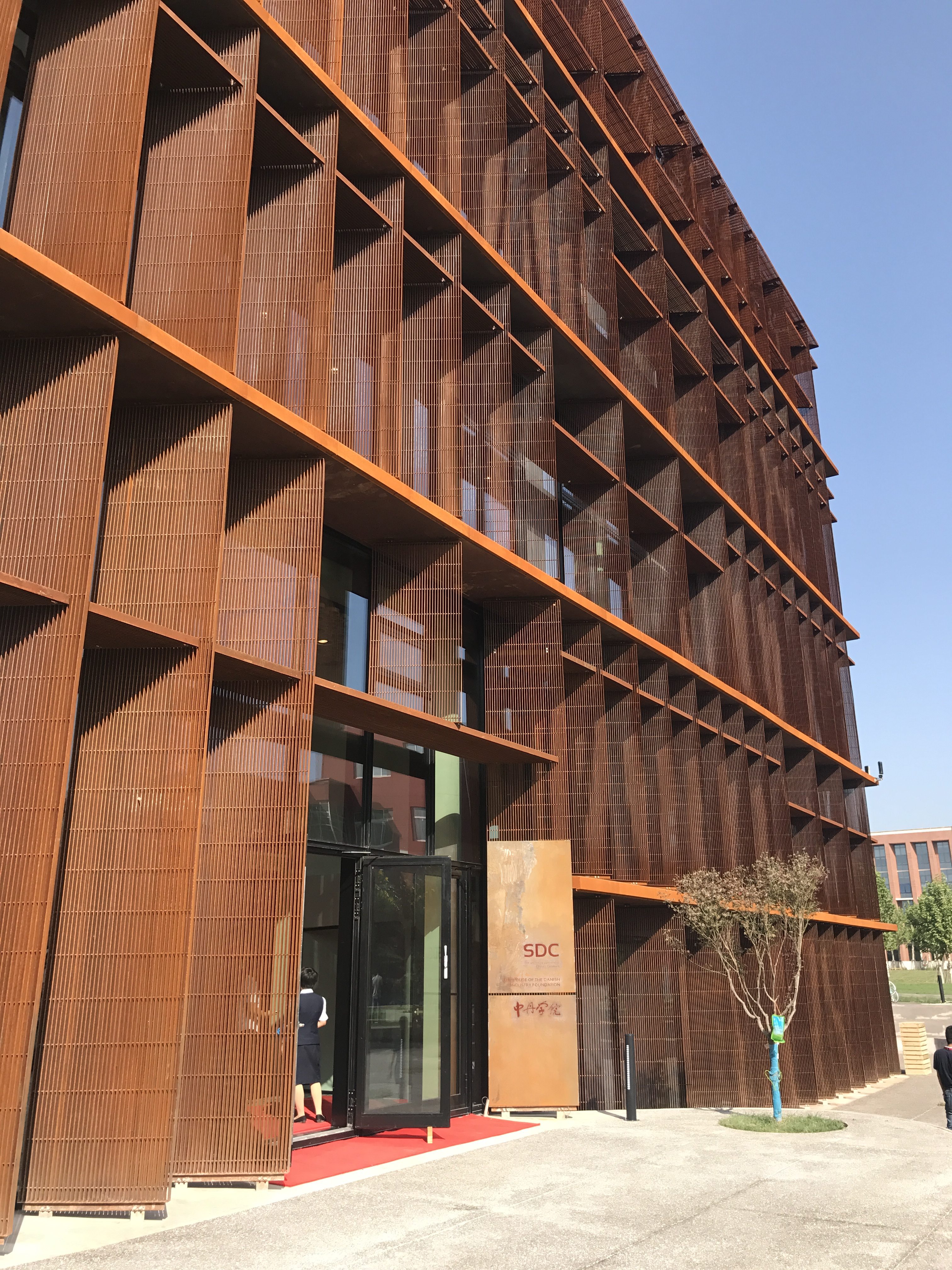
Photo by Janie Huus Tange
The Sino-Danish Center (SDC) recently moved into a new building located north of Bejing. The new building will enhance collaboration between Danish and Chinese universities and benefit researchers and students alike, says the Principal Coordinator from CBS.
Students and researchers from China and Denmark have got themselves a new university building one hour north of Beijng. The new building will house the eight-year-old Sino-Danish Center (SDC), giving students and researchers new opportunities for collaborating and teaching.
Foremost, the center will create a better connection between the students from two contrasting worlds by bridging the gap between Chinese and Danish teaching styles.
Furthermore, it wants to build new partnerships with companies, attract more Chinese and Danish students for their master year, and invite more researchers to stay at the center.
“It’s a process of independence for the SDC, and the SDC will also become more of an institution,” expresses Stine Jessen Haakonsson.
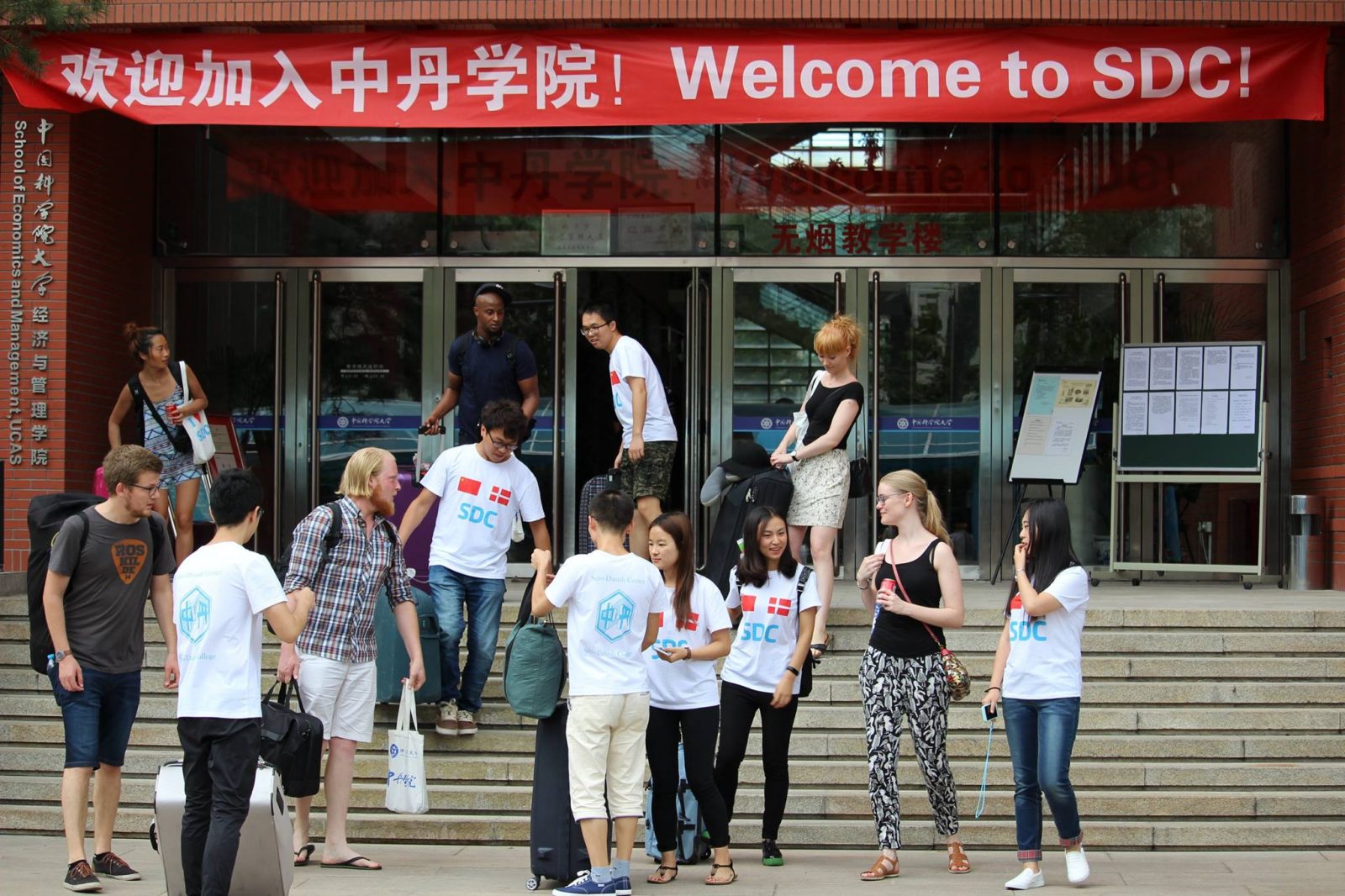
If we can get the best of these two sides, that would be a fantastic thing
Stine Jessen Haakonsson, Principal Coordinator for the Social Science programs at the SDC
Clash of Cultures
When describing the relationships between the students from Denmark and China, Stine Haakonsson explains that “before, there was a natural cultural split between the Danish students and the Chinese students in the classroom.”
The students are educated using diverse teaching methods; Chinese methods focusing more on studying and readings, while their Danish counterparts emphasize more critical thinking and conversation. Stine Jessen Haakonsson believes that during the master program both sides eventually come to realize that they are more similar than they think.
“On the teaching side, we can consolidate the people involved on both sides, get them closer together and develop their skills in the intercultural classroom,” says Stine Jessen Haakonsson.
One of the design objectives of the building is to create an environment that is “round and warm, and invites much more interaction than these big auditoriums that they have in China and CBS where you have no idea who the students are, so, in that sense the SDC much more open,” says Stine Jessen Haakonsson.
She hopes that this new environment will speed up the realization process and that the students from the diverse cultures will connect faster. “If we can get the best of these two sides, that would be a fantastic thing because I think there are a lot of benefits on both sides,” says Stine Jessen Haakonsson.
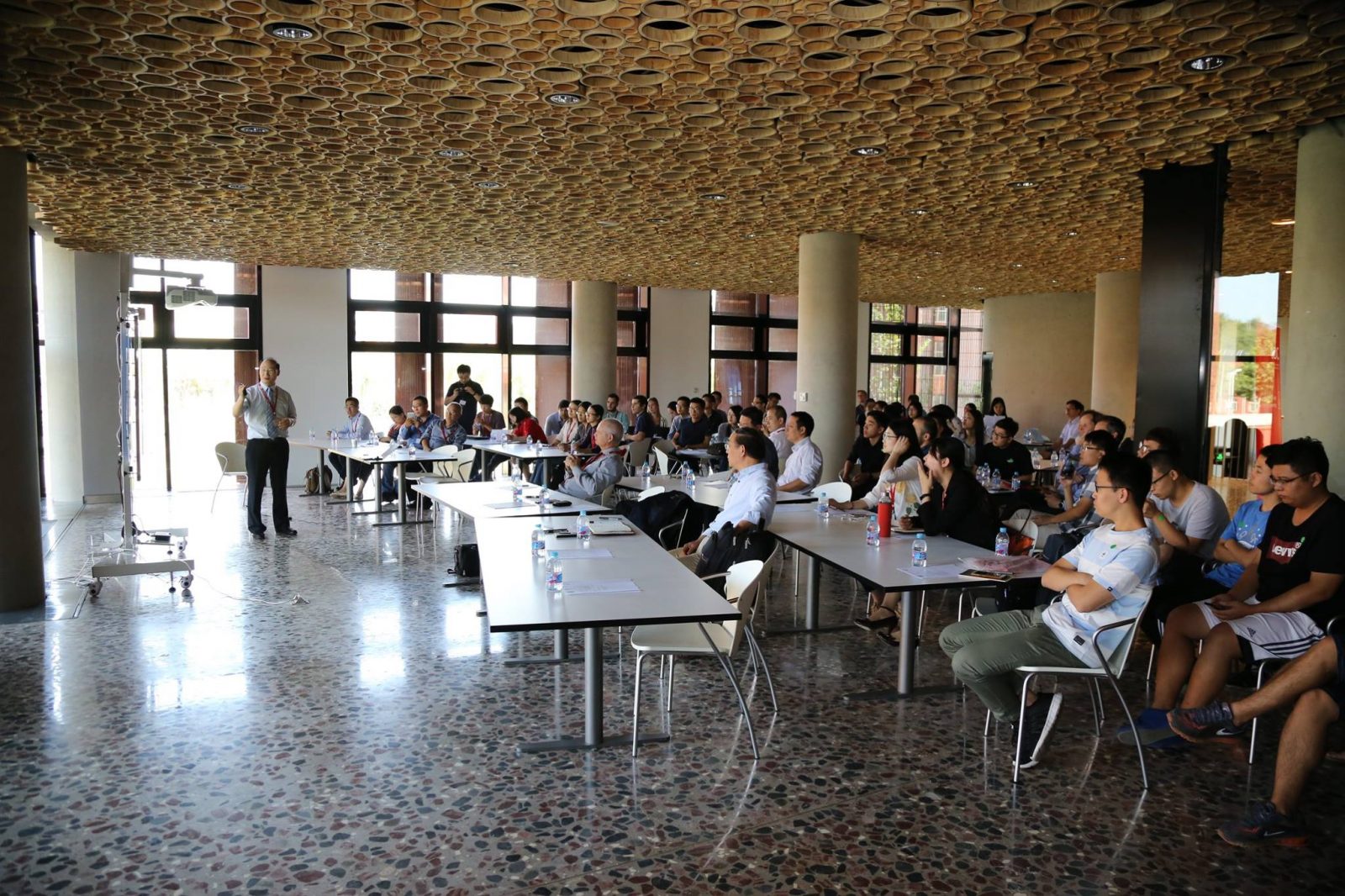
Making it attractive
The SDC is not only hoping to create stronger bonds between students from separate cultures but also to attract Chinese students with plans of traveling to Europe and Danish students who plan to stay for the long run.
Every Chinese student has an opportunity to travel to Denmark for two months where they can research, study, and engage with their Danish supervisor. Before the students set off, the SDC prepares them through an introductory course on how European scholars talk and think.
While the Chinese students go off to Europe for their master year, European students have a tendency to leave for internships elsewhere in China or in neighboring countries. With the construction of the new building, the SDC hopes to create an environment that is appealing for European students to stay throughout their master year.
“It’s going to be a nicer environment than being in a huge city like Beijing. And instead of wanting to do everything, there will be more focus on the study side of things and there will be more field trips going downtown but organized in a way where there will be some learning objectives when they are going,” says Stine Jessen Haakonsson.
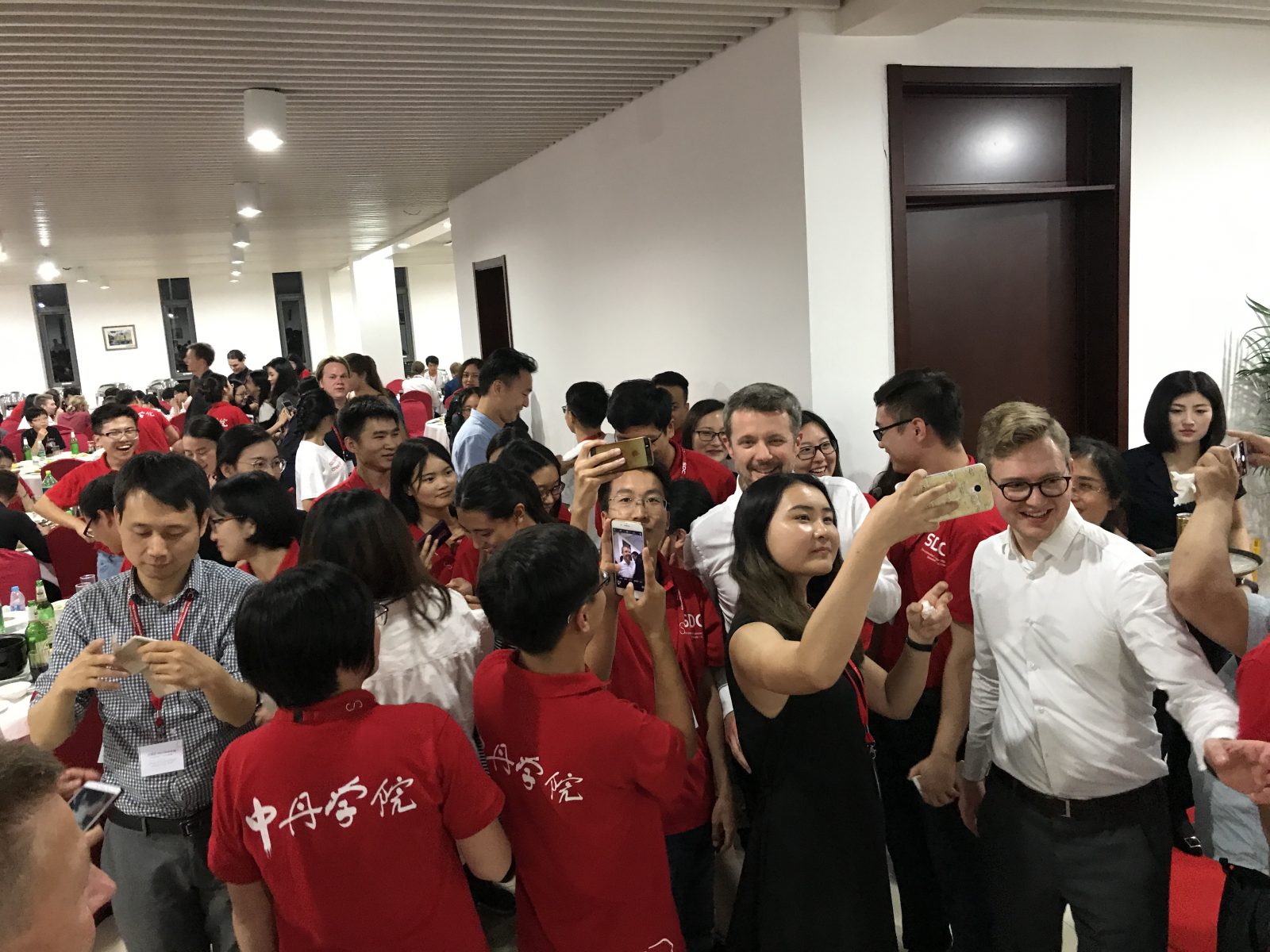
There are many personal relationships being built, which is the foundation for good education and research
Stine Jessen Haakonsson
Also for researchers
But the SDC does not only want to attract students, they are also planning to invite more researchers from other universities in China as well. For Stine Jessen Haakonsson, not all of her research partners are from UCAS, several are from other high-ranking universities.
Which means that having 20 flats on the top floor of the building is a huge resource for the SDC. Not only because there is a grand view of the Great Wall climbing up the mountains, but because researchers can visit the research center and stay there for a couple of days or even weeks.
Having their own building also means that the SDC can host interdisciplinary forums and seminars. As an example, Stine Jessen Haakonsson explains that “people in the SDC’s department of Water and Environment working on water management in Beijing are extremely relevant for people working on public management in the Social Sciences Department at the SDC.”
It also means that there will be much more integration and overlap between the programs. For example, Stine Jessen Haakonsson’s research is on innovation and internationalization of renewable energy and the global governance of climate policy and researchers working in the energy section of the SDC are working on the technical aspect of her research. Consequently, the two departments can now work even more closely together.
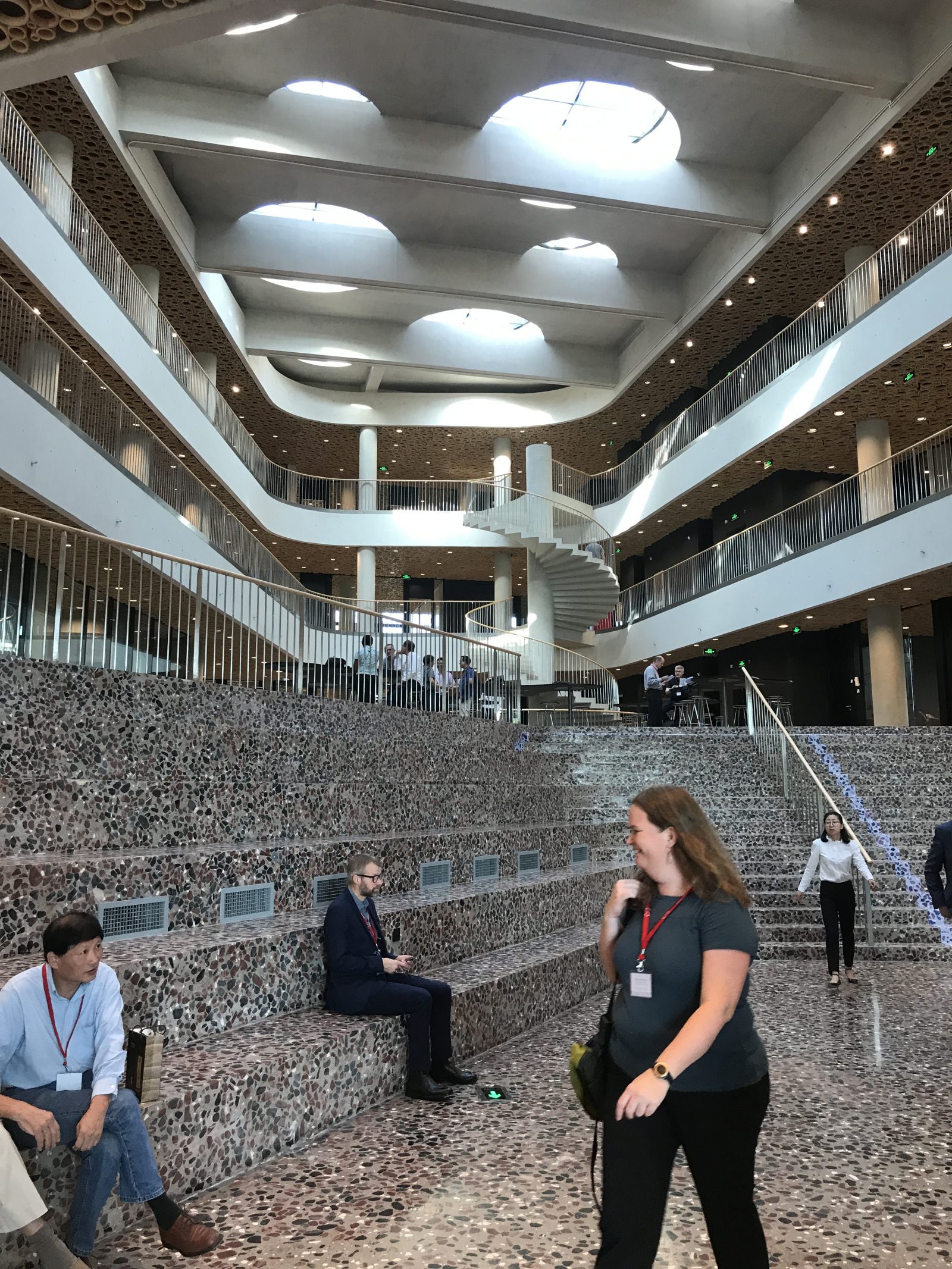
Not to mention for businesses
With a donation of DKK 99 million, the Industriens Fond was the philanthropic force behind the construction of the new building for the SDC. With Industriens Fond as an ally, the research center has more possibilities to acquire grants and build stronger partnerships with companies.
The partnerships are not contractual but are mutual agreements between researchers, students, companies, and embassies. Thus far, Stine Jessen Haakonsson has worked with Danish companies that are innovating in China, such as; Novo Nordisk, Novozymes, Grundfos, Vestas, and Lego.
“There are many personal relationships being built, which is the foundation for good education and research,” says Stine Jessen Haakonsson.




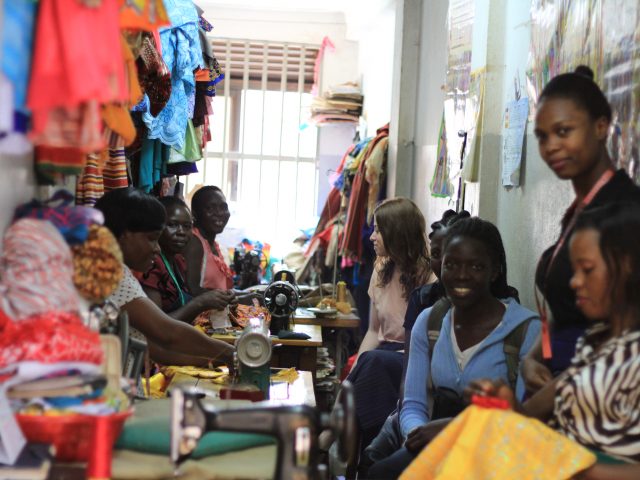




























































































































Comments